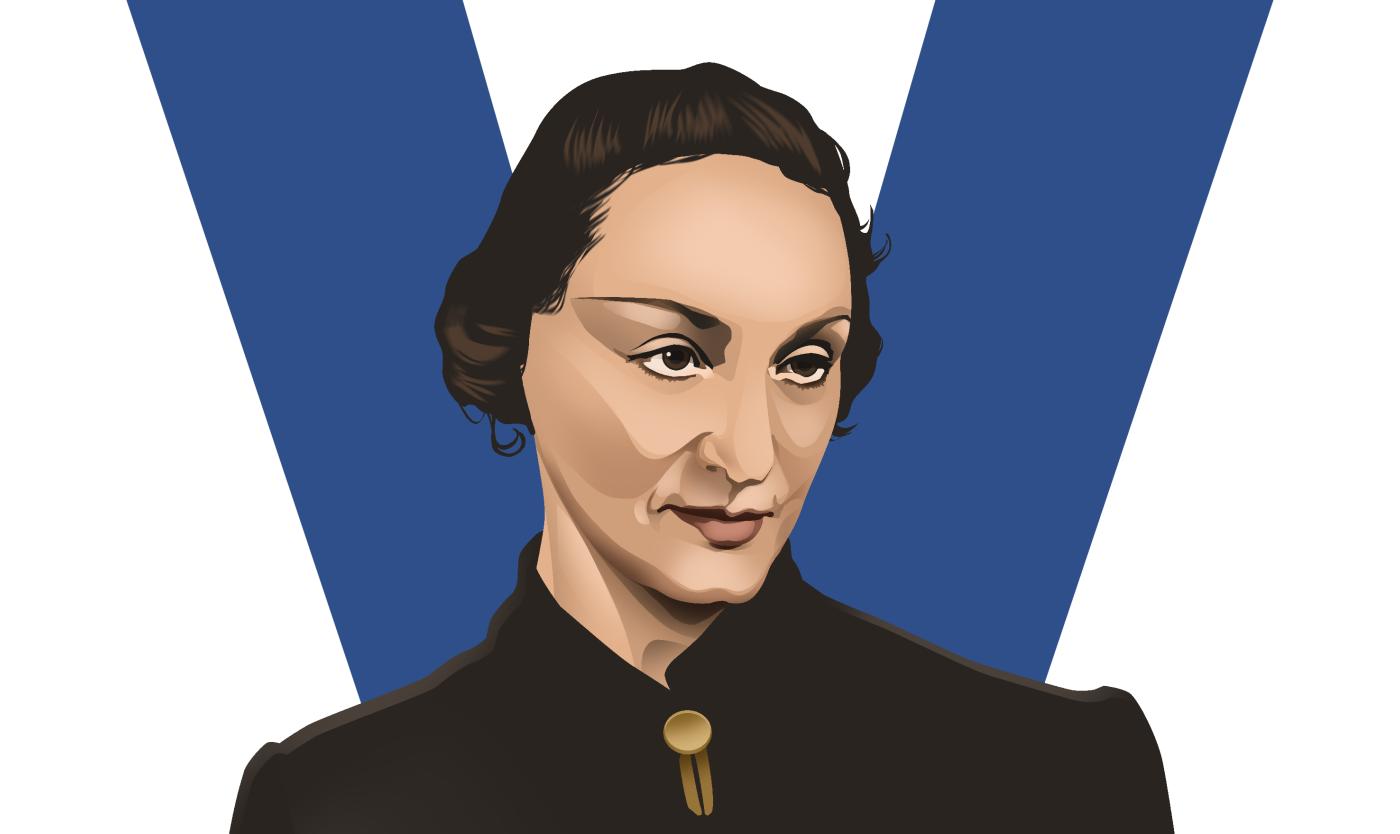
Zenitta Tazieff-Vivier
1885-1984
Zenitta Tazieff-Vivier was a scientist, artist, and resistance member of Russian origin who played a quiet yet vital role in Brussels and communist networks during WWII. She helped people go into hiding and collaborated with people involved in Group G.
Zenitta Tazieff-Vivier (née Klupta, also recorded as Kloupt) was born on 1 January 1885 in Daugavpils, Latvia (then part of the Russian Empire, known as Dünaberg until 1893 and Dvinsk until 1920). She moved to Brussels in 1903 to study at the Université libre de Bruxelles (ULB), where she earned a doctorate in natural sciences and chemistry, as well as a degree in political science.
In 1906, she married Dr. Sabir Mahomet Tazieff (1885–1914), whom she had met in Brussels. They had two sons: Salvator, who died at two months old in 1906, and Haroun Tazieff (1914–1998), who would later become a renowned volcanologist. Just before the First World War, Zenitta and Sabir moved to Warsaw, where Haroun was born. That same year, Sabir died while serving as a medical officer in the Russian army.
In 1919, Zenitta and her son moved to Paris, and in 1922 she married the poet Robert Vivier. Thanks to her fluency in Russian and Polish, she gave her husband access to literature in both languages. At the same time, she developed a career as a visual artist.
During the Second World War, Tazieff-Vivier became involved in Belgian and communist Russian resistance organisations from Brussels, continuing her earlier political and cultural networks from the 1920s. She worked, among others, with Betty Limbosch-Lavachery, who was involved with Group G. The artist Idel Ianchelevici was able to go into hiding with her help, and Dutch-Jewish survivor Henri Vles also testified to her significant role. Much of her resistance activity remains sparsely documented.
Her son Haroun Tazieff was also active in the resistance, as a member of the Partisans Armés.
A family archive, preserved by Zenitta Tazieff-Vivier’s grandson, offers promising material for further research.
Sources:
- Dossier Vreemdelingenpolitie, Tazieff-Kloupt (nr. 745204), Algemeen Rijksarchief.
- Zenitta Tazieff-Vivier wordt zijdelings vermeld in de mémoires van haar zoon en notities over Groep G. Haar naam en verzetsactiviteit komen zijdelings ter sprake in een aantal publicaties over haar man en het Franstalige literaire leven, in een artikel over kunstenaar Ianchelvici, die ze hielp onderduiken en in een biografie van August Vermeylen:
- Béghin, Laurent. Robert Vivier ou la religion de la vie. Académie de langues et de littérature françaises / Le Cri, 2013.
- Béghin, Laurent. “Some Aspects of the Reception of Polish Literature in French-Speaking Belgium Between WW1 and WW2.” Prace Polonistyczne, vol. LXX, 2015, pp. 31-50.
- Vandevoorde, Hans. “Survivre à Bruxelles. Idel Ianchelvici et ses amis flamands.” Les Cahiers de la Mémoire Contemporaine, vol. 15, 2021, mis en ligne le 1 juill. 2022, http://journals.openedition.org/cmc/1160. DOI: https://doi.org/10.4000/cmc.1160.
- Vandevoorde, Hans. Stil Verzet: De Oorlogsjaren van August Vermeylen 1939-1945. Lannoo, 2024.